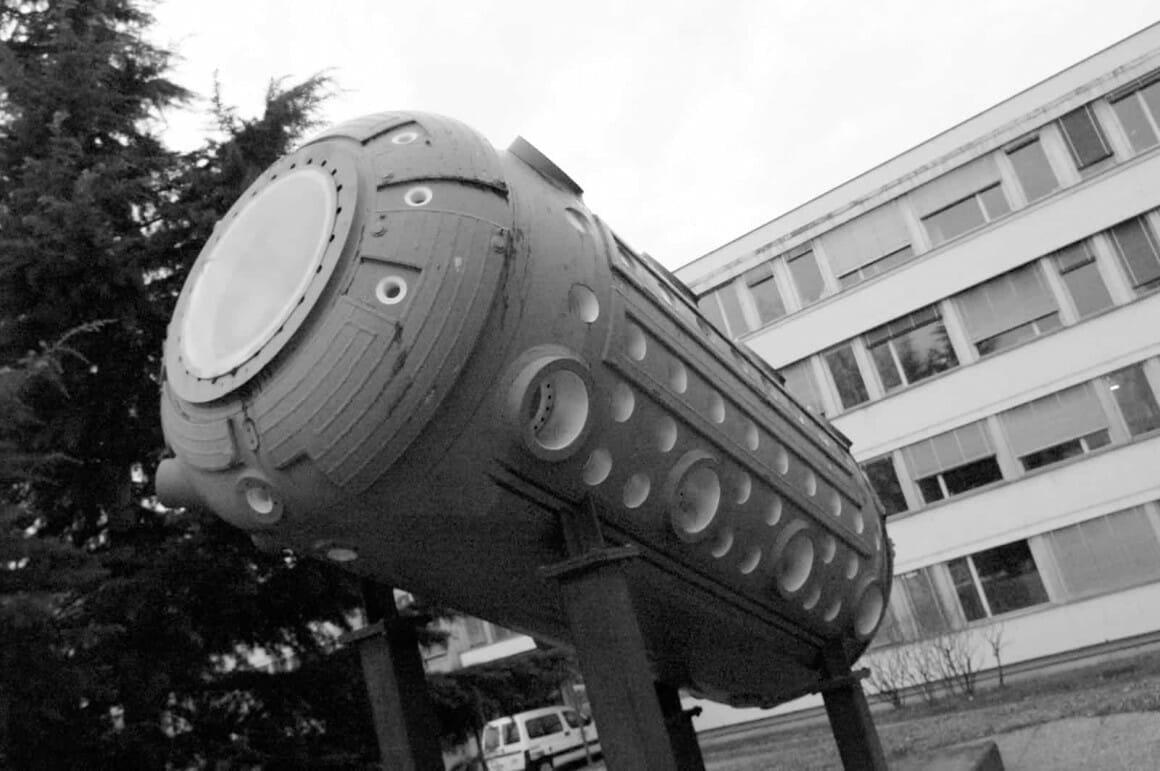Bosons
In particle physics, a boson is a type of particle that obeys the rules of Bose-Einstein statistics. These bosons also have a quantum spin with contains an integer value, such as 0, 1, -1, -2, 2, etc. (By comparison, there are other types of particles, called fermions, that have a half-integer spin, such as 1/2, -1/2, -3/2, and so on.)
What’s So Special About a Boson?
Bosons are sometimes called force particles, because they are the bosons that control the interaction of physical forces, such as electromagnetism and possibly even gravity itself.
The name boson comes from the surname of Indian physicist Satyendra Nath Bose, a brilliant physicist from the early twentieth century who worked with Albert Einstein to develop a method of analysis called Bose-Einstein statistics. In an effort to fully understand Planck’s law (the thermodynamics equilibrium equation that came out of Max Planck’s work on the blackbody radiation problem), Bose first proposed the method in a 1924 paper trying to analyze the behavior of photons. He sent the paper to Einstein, who was able to get it published … and then went on to extend Bose’s reasoning beyond mere photons, but also to apply it to matter particles.
One of the most dramatic effects of Bose-Einstein statistics is the prediction that bosons can overlap and coexist with other bosons. Fermions, on the other hand, cannot do this, because they follow the Pauli Exclusion Principle. Because of this, it is possible for photons to become a laser and some matter is able to form the exotic state of a Bose-Einstein condensate.
W Boson
Definition: The W boson is a type of fundamental particle that, along with the Z boson, mediates the weak nuclear force. It is called a boson because it has a quantum spin with an integer value. The W boson has the following properties:
- +/- 1e electrical charge
- The antiparticle of a W boson is another W boson.
- Mass = 80.385 GeV/c2
- Quantum spin = 1
The W boson was experimentally observed in 1983, earning the 1984 Nobel Prize in Physics for Simon van der Meer and Carlo Rubbia “for their decisive contributions to the large project, which led to the discovery of the field particles W and Z, communicators of weak interaction“.
Also Known As: W+ boson, W- boson
Z Boson
Definition: The Z boson is a type of fundamental particle that, along with the W boson, mediates the weak nuclear force. It is called a boson because it has a quantum spin with an integer value. The Z boson has the following properties:
- 0 electrical charge; it is electrically neutral
- The antiparticle of a Z boson is another Z boson.
- Mass = 91.1876 GeV/c2
- Particle spin = 1
The Z boson was discovered in 1983, earning the 1984 Nobel Prize in Physics for Simon van der Meer and Carlo Rubbia.
Also Known As: Z0 boson
The W and Z bosons (together known as the weak bosons or, less specifically, the intermediate vector bosons) are the elementary particles that mediate the weak interaction; their symbols are W+, W− and Z. The W bosons have a positive and negative electric charge of 1 elementary charge respectively and are each other’s antiparticles. The Z boson is electrically neutral and is its own antiparticle. All three of these particles are very short-lived, with a half-life of about 3×10−25 s. Their discovery was a major success for what is now called the Standard Model of particle physics.
The two W bosons are best known as mediators of neutrino absorption and emission, where their charge is associated with electron or positron emission or absorption, always causing nuclear transmutation. The Z boson is not involved in the absorption or emission of electrons and positrons.
Discovery
Unlike beta decay, the observation of neutral current interactions that involve particles other than neutrinos, requires huge investments in particle accelerators and detectors, such as are available in only a few high-energy physics laboratories in the world (and then only after 1983). This is because Z-bosons behave in somewhat the same manner as photons, but do not become important until the energy of the interaction is comparable with the relatively huge mass of the Z boson.

The discovery of the W and Z bosons was considered a major success for CERN. First, in 1973, came the observation of neutral current interactions as predicted by electroweak theory. The huge Gargamelle bubble chamber photographed the tracks of a few electrons suddenly starting to move, seemingly of their own accord. This is interpreted as a neutrino interacting with the electron by the exchange of an unseen Z boson. The neutrino is otherwise undetectable, so the only observable effect is the momentum imparted to the electron by the interaction.
The W+, W−, and Z0 bosons, together with the photon (γ), comprise the four gauge bosons of the electroweak interaction.
